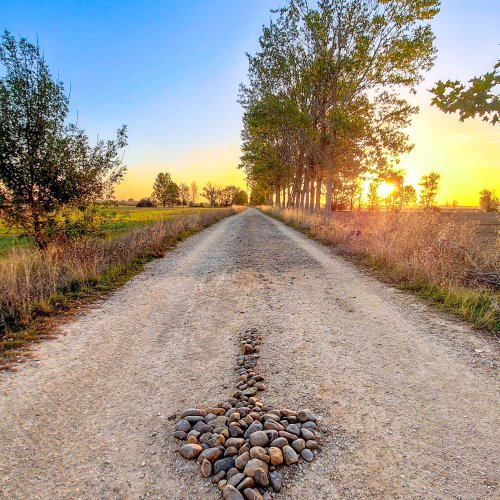- Time of past OR future Camino
- June 2023
Friends
This is my first post. I am looking for 200 miles of unpaved camino to walk in November.
I haven't walked in Spain or Portugal, however, Spain and Portugal seem to be best suited, given the time of year.
I'm sure that I can find some help here! I have enjoyed the forum!
Cordially
Herman (Chuck) Watson
This is my first post. I am looking for 200 miles of unpaved camino to walk in November.
I haven't walked in Spain or Portugal, however, Spain and Portugal seem to be best suited, given the time of year.
I'm sure that I can find some help here! I have enjoyed the forum!
Cordially
Herman (Chuck) Watson














